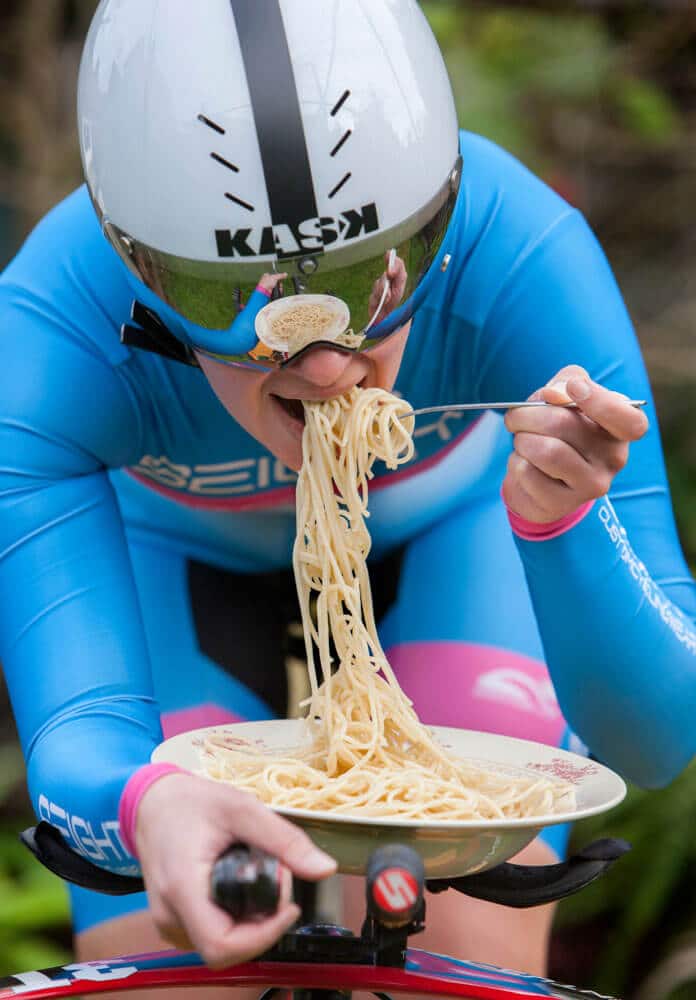TRAINING DIET Training for three separate disciplines can take up a lot of time and can put a large strain on an athlete’s energy reserves. As most triathletes train five to seven days a week, often twice a day, it is important that they adopt eating strategies that promote recovery and maximise energy. This can be achieved by following a varied diet that provides:
- Sufficient carbohydrate (CHO) to balance daily fuel needs
- Adequate protein to meet daily needs and assist muscular repair
- A variety of fruits and vegetables to promote intake of vitamins and minerals.





